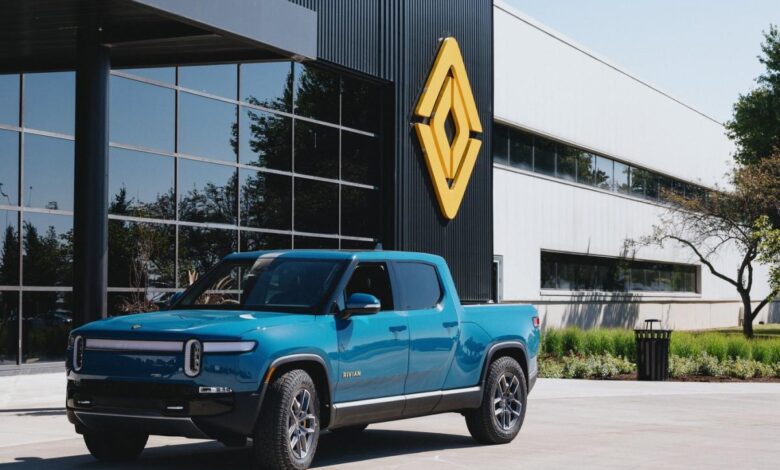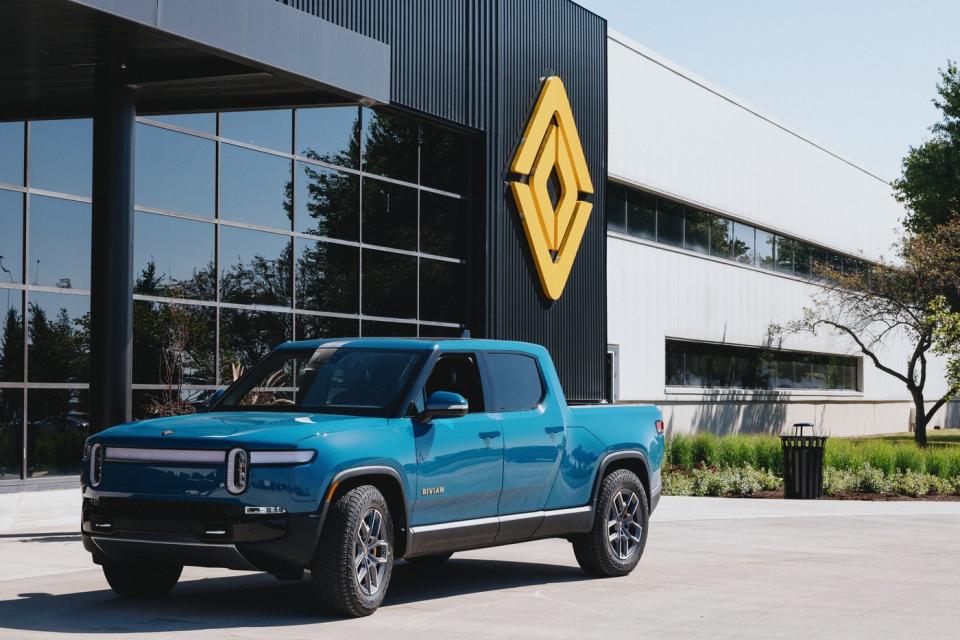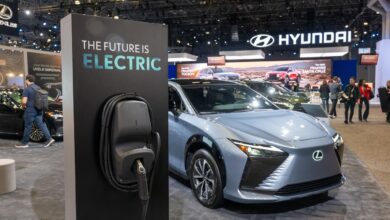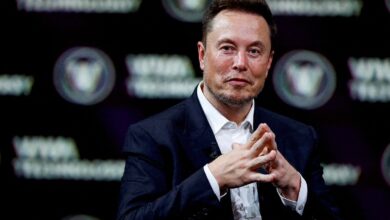Rivian Automotive vs. Nikola Corporation

Rivian (NASDAQ: RIVN) and Nikola (NASDAQ: NKLA) were once two of the market’s hottest electric vehicle stocks. Rivian went public in Nov. 2021, and it soared from its IPO price of $78 to a record high of $172.01 a week later. Nikola went public by merging with a special purpose acquisition company (SPAC) in June 2020, and the combined company’s shares opened at $37.55 on its first trading day before more than doubling to its all-time high of $79.73 a week later.
But today Rivian’s stock trades at about $9 and Nikola’s shares are worth less than $1. Nikola even recently proposed a reverse stock split to bring its stock price above the $1 threshold to avoid the risk of the stock getting delisted.

Both EV companies ran out of juice after they missed their initial production targets, racked up steep losses, and burned through boatloads of cash. But could either of these unloved EV makers recover over the next few years?
The differences between Rivian and Nikola
Rivian currently sells the R1T pickup, the R1S SUV, and a custom electric delivery van for its top investor Amazon (NASDAQ: AMZN). It plans to start mass producing its lower-end R2 SUVs in late 2026, then start rolling out its sportier R3 and R3X SUVs in late 2026 or early 2027. It needs to deliver 100,000 electric delivery vans to Amazon by 2030.
Nikola produces battery-powered and hydrogen-powered electric semi trucks. It initially only sold battery-powered trucks (BEVs), but it rolled out its first hydrogen fuel cell trucks (FCEVs) last year. It’s also building a network of hydrogen charging stations through a partnership with the EV charging infrastructure company Voltera.
Rivian initially attracted a lot of attention because it was backed by Amazon and Ford. Ford subsequently liquidated most of its stake in Rivian, but Amazon remains its biggest backer.
Nikola wasn’t backed by any comparable tech or auto giants, and it suffered jarring setbacks after its public debut. Its founder and former CEO Trevor Milton was convicted of securities and wire fraud in Oct. 2022, and it temporarily suspended its BEV sales last year after several of its trucks caught on fire. To shore up its liquidity last year, the company diluted its shareholders by roughly doubling its share count so it could raise more cash through secondary stock offerings. Rivian grappled with a few safety-related recalls, but it didn’t face as many existential problems as Nikola.
Which EV maker is producing more vehicles?
When Rivian went public, it predicted it would produce 50,000 vehicles in 2022. But it eventually halved that outlook to 25,000 vehicles as it faced supply chain constraints, and it only produced 24,337 vehicles for the full year.
In 2023, Rivian overcame its supply chain issues and produced 57,232 vehicles. That acceleration was partly driven by its in-house Enduro drive unit, which reduced its production costs and its dependence on third-party components. But in 2024 it only expects to produce about 57,000 vehicles as it grapples with macro headwinds, stiff competition from other EV makers, and a shutdown of its main plant in Illinois for “several weeks” to streamline its production and integrate new technologies.
In 2024, analysts expect Rivian’s revenue to rise 11% to $4.9 billion, as it narrows its net loss from $5.4 billion to $4.6 billion. It will remain unprofitable for the foreseeable future, but it aims to achieve a positive gross margin by the fourth quarter of this year. It was still sitting on nearly $10.5 billion in total liquidity at the end of 2023, and its reasonable debt-to-equity ratio of 0.8 gives it ample room to raise fresh cash.
Before Nikola went public, it said it could deliver 600 BEVs in 2021, 1,200 BEVs in 2022, and 3,500 BEVs in 2023. It also planned to deliver 2,000 FCEVs in 2023. But in reality, Nikola didn’t deliver a single vehicle in 2021, and only delivered 131 BEVs in 2022. In 2023, it only delivered 114 trucks — 35 of which were FCEVs.
For 2024, analysts expect Nikola’s revenue to more than quadruple to $170 million as it narrows its net loss from $966 million to $470 million, but it needs to significantly ramp up its deliveries to hit that target. That could be challenging considering it ended 2023 with just $465 million in unrestricted cash. However, its debt-to-equity ratio of 0.8 (which it reduced by doubling its share count) might give it some room to raise fresh cash through new debt offerings.
The clear winner: Rivian
Both of the EV stocks look cheap: Rivian and Nikola trade at just two and six times this year’s sales, respectively. However, Rivian’s higher production rates, clearer roadmap for the future, and stronger balance sheet all make it a much better buy than Nikola, which repeatedly disappointed its investors with its anemic production rates and quality control issues. Amazon’s decision to stick with Rivian as its other investors fled also suggests its downside potential is limited.
Should you invest $1,000 in Nikola right now?
Before you buy stock in Nikola, consider this:
The Motley Fool Stock Advisor analyst team just identified what they believe are the 10 best stocks for investors to buy now… and Nikola wasn’t one of them. The 10 stocks that made the cut could produce monster returns in the coming years.
Stock Advisor provides investors with an easy-to-follow blueprint for success, including guidance on building a portfolio, regular updates from analysts, and two new stock picks each month. The Stock Advisor service has more than tripled the return of S&P 500 since 2002*.
*Stock Advisor returns as of April 8, 2024
John Mackey, former CEO of Whole Foods Market, an Amazon subsidiary, is a member of The Motley Fool’s board of directors. Leo Sun has positions in Amazon. The Motley Fool has positions in and recommends Amazon. The Motley Fool has a disclosure policy.
Better EV Stock: Rivian Automotive vs. Nikola Corporation was originally published by The Motley Fool



